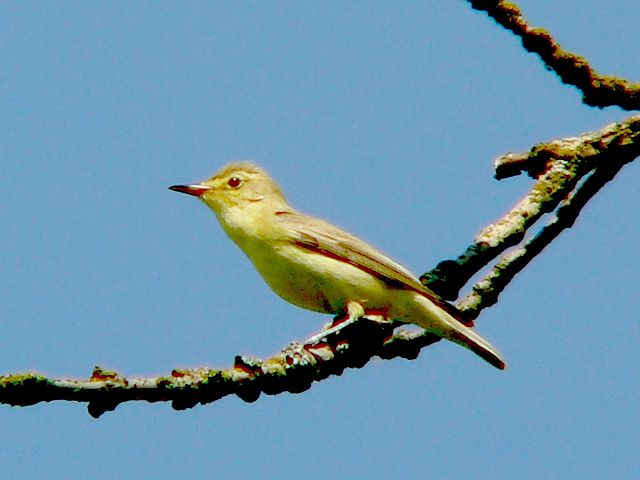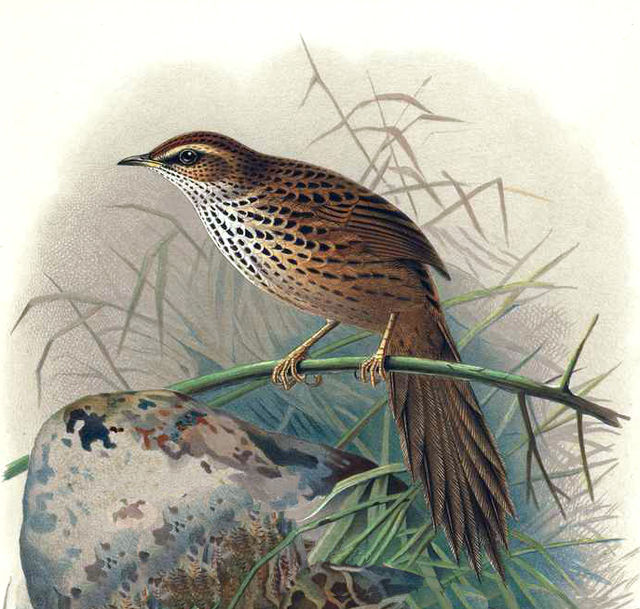A kinglet is a small bird in the family Regulidae. Species in this family were formerly classified with the Old World warblers. "Regulidae" is derived from the Latin word regulus for "petty king" or prince, and refers to the coloured crowns of adult birds. This family has representatives in North America and Eurasia. There are six species in this family; one, the Madeira firecrest, Regulus madeirensis, was only recently split from common firecrest as a separate species. One species, the ruby-crowned kinglet, differs sufficiently in its voice and plumage to be afforded its own genus, Corthylio.
Kinglet
Old World warblers are a large group of birds formerly grouped together in the bird family Sylviidae. They are not closely related to the New World warblers. The family held over 400 species in over 70 genera, and were the source of much taxonomic confusion. Two families were split out initially, the cisticolas into Cisticolidae and the kinglets into Regulidae. In the past ten years they have been the subject of much research and many species are now placed into other families, including the Acrocephalidae, Cettiidae, Phylloscopidae, and Megaluridae. In addition some species have been moved into existing families or have not yet had their placement fully resolved. A smaller number of warblers, together with some babblers formerly placed in the family Timaliidae and the parrotbills, are retained in a much smaller family Sylviidae.
Chrysomma sinense, the yellow-eyed babbler, used to be considered a sylviid closely related to parrotbills.
Icterine warbler, Hippolais icterina
New Zealand's fernbird – probably belongs to the Locustellidae
Uguisu (鶯), the Japanese bush warbler (Horornis diphone). See also uguisubari.





